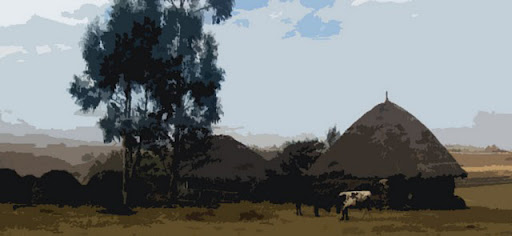-
Integrating Development: A Livelihood Approach to Population, Health, and Environment Programs
April 19, 2011 By Hannah Marqusee
Rural communities in developing countries understand that high population growth rates, poor health, and environmental degradation are connected, said Population Action International’s Roger-Mark De Souza at a recent Wilson Center event. An integrated approach to development – one that combines population, health, and environment (PHE) programs – is a “cost-effective intervention that we can do very easily, that responds to community needs, that will have a huge impact that’s felt within a short period of time,” said De Souza. “This is how we live our lives, this makes sense to us – it’s completely logical,” community participants in PHE projects told him.
De Souza was joined by Gib Clarke, director of development and planning at the Interfaith Community Health Center; Heather D’Agnes, PHE technical adviser at USAID; Sono Aibe, senior adviser for strategic initiatives at Pathfinder International; and Geoff Dabelko, director of the Wilson Center’s Environmental Change and Security Program to discuss how to improve current efforts to expand the PHE approach. [Video Below]
A Rose by Any Other Name…
As PHE practitioners look for ways to broaden the impact of PHE, Gib Clarke asked whether PHE might benefit from a new moniker. In his FOCUS brief, “Helping Hands: A Livelihood Approach to Population, Health, and Environment Programs,” Clarke – formerly a senior program associate for the Environmental Change and Security Program – writes that defining integrated development as rigidly composed of population, health, and environment elements can deter some organizations that are interested in integrated development, but do not necessarily work on all three components, he said.
PHE also fails to account for “the critical nature of livelihoods,” which is the glue that ties together population, health, and the environment, said Clarke. Livelihoods are “where the magic happens with PHE.” Re-framing PHE as HELP – Health, Environment, Livelihoods, and Population – might better showcase the “dynamism and flexibility of PHE” and broaden its appeal to new donors and practitioners, said Clarke.
“A new label helps get around certain problems that PHE presents,” said Clarke, particularly those who get hung up on the population aspect. But, he admitted, ultimately, it is just that: another label. “In the end, what’s important is that…we’re figuring out how to make it work.”
Demonstrating the Value Added
To encourage more organizations to try integrated development, PHE proponents should emphasize that the approach adds value to the work that conservation or health organizations are already doing, De Souza said. “We need to be demonstrating, regardless of what we call it, the value added,” he said. Thanks to the work of field-based advocates and the steady support of funders, “now we have models for easy integration.”
D’Agnes noted it can be difficult to distinguish the results of integrated versus non-integrated approaches due to the volume of health, conservation, and development organizations working in the areas where PHE projects are located. Instead of designing research projects to determine whether integration is better than non-integration, “we need to be asking what is the impact we’re showing from these different integrated interventions…and secondly, what’s the added value?”
Scaling-Up: Is It Necessary?
The PHE model succeeds in areas where there is high population growth, high biodiversity, and an unmet need for family planning, health, and natural resource management services, said D’Agnes. Often these remote areas have had little or no access to health services: “The PHE framework is about delivering really critical healthcare to very isolated communities,” said Aibe.
Currently, the relatively small number of PHE projects are concentrated primarily in remote areas of East and Central Africa and the Philippines, D’Agnes said. “How do we show greater impact?” she asked. “PHE programs are doing a great job at reaching people we don’t normally reach…but we need to make sure we are spending our money wisely and reaching as many people as possible.”
But because they are tailored to unique community needs and environments, Clarke noted, PHE projects are not easily replicated, which makes scaling up difficult. While having a greater impact is a worthy goal, “we shouldn’t be so worried about scale,” he said. Instead of “a greater impact,” added De Souza, the development community should think about how to make its “best impact.”
Image Credit: Schuyler Null/Woodrow Wilson Center.
 A Publication of the Stimson Center.
A Publication of the Stimson Center.



